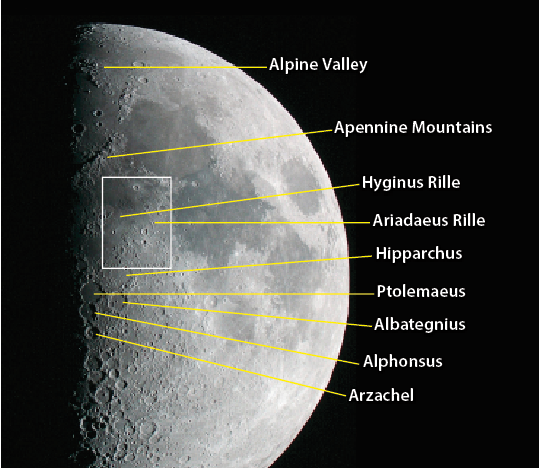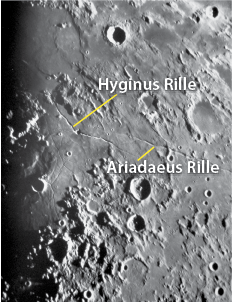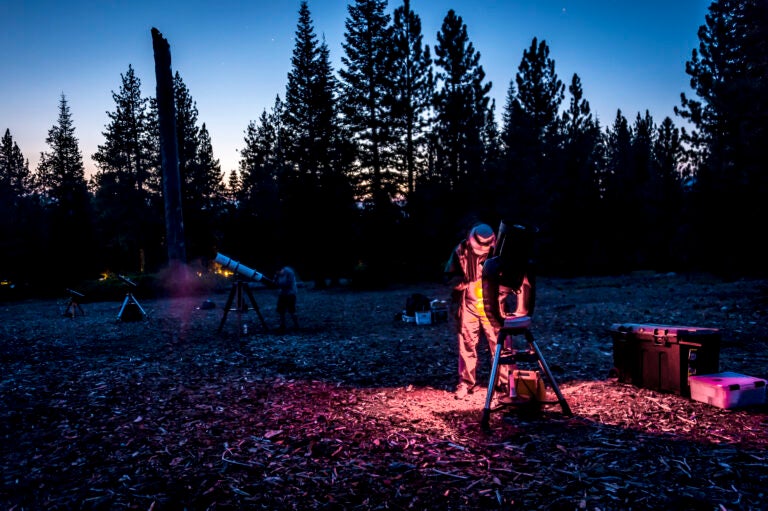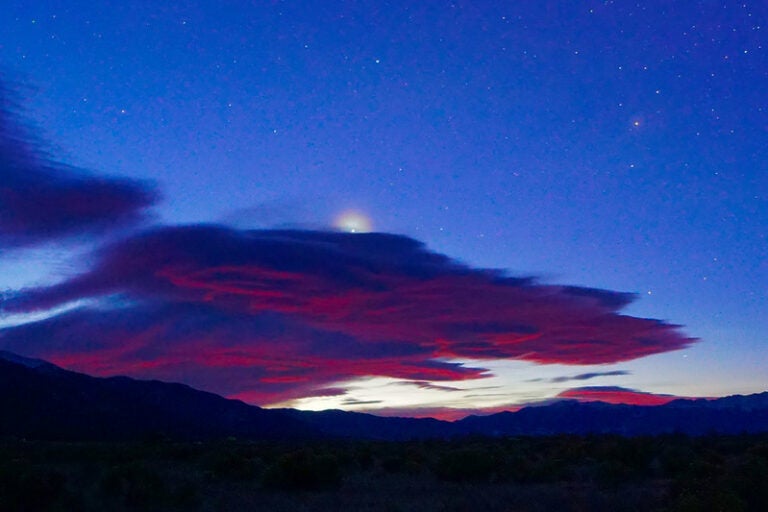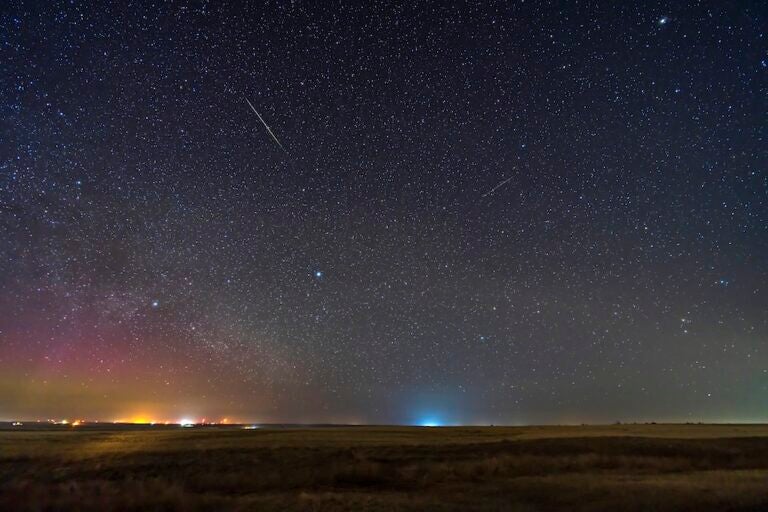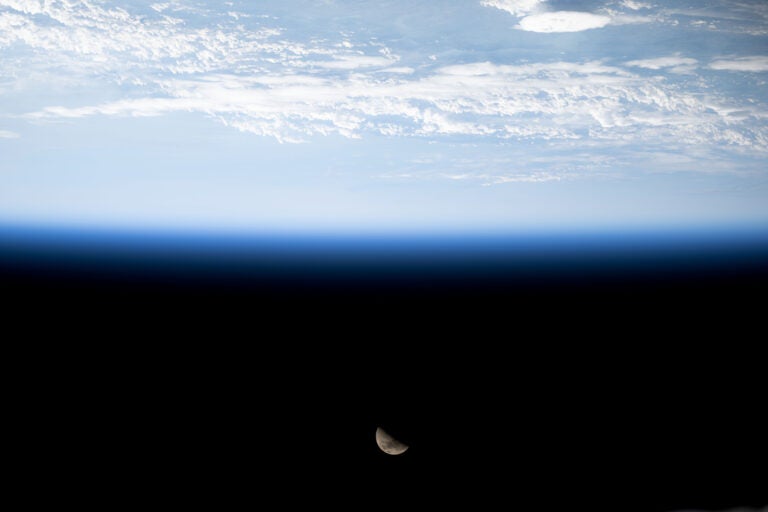In the past, I’ve railed about the inconsistency in lunar phase nomenclature. Why do people call a seven-day-old Moon “First Quarter” and a 14- to 15-day-old Moon “Full”? If we label the evening phases according to the sunlit fraction seen from Earth, a seven-day-old Moon would be a Half Moon, and a 14- to 15-day-old Moon would be Full. But by the portion of orbit covered, they become First Quarter and Half.
The first way of thinking makes more sense to me. Most people call a seven-day-old Moon “Half” anyway, and we all agree that the 14- to 15-day-old Moon is Full. We could complete the scenario by calling a three- or four-day-old Moon “Quarter” and the 10- to 11-day-old Moon “Three Quarters.” The latter would eliminate “gibbous,” a word that bewilders many beginners.
Relax, purists. I’m not going to petition astronomers to rename the phases of the Moon. Instead, I’m going to petition you to go outside with your telescope and spend an evening exploring the First Quarter Moon (or Half Moon, if you’re more poet than astronomer). This month’s First Quarter Moon occurs April 3, with subsequent ones May 2, June 1, June 30, and July 30.
A perfect First Quarter Moon would see the Moon’s line of 0° longitude aligned precisely with the terminator, the dividing line between lunar day and night. Because the Moon wobbles side to side as it orbits Earth (an effect called libration), this rarely happens. As a result, features positioned along the terminator vary from one First Quarter Moon to the next.
Here’s a rundown of some notable First Quarter sights. All lie near 0° longitude and are within range of any backyard telescope operating at magnifications of 50x or higher. If you can’t see a feature at First Quarter, chalk it up to libration and try again the next evening.
Alpine Valley
Starting at the lunar north pole and working south along the terminator, you’ll find a noticeable gash in the lunar Alps. This is the Alpine Valley, which extends about 110 miles (180 kilometers) long and 6 miles (10km) wide. Astronomers used to think a glancing blow from a large projectile created this feature, but they now believe it’s the result of tectonic movement in the lunar crust.
Apennine Mountains
About a third of the way down the terminator, you’ll encounter what is arguably the most rugged First Quarter feature: the Apennine Mountains. This magnificent range is part of a much larger mountain chain that forms the eastern wall of Mare Imbrium. The Apennines themselves traverse some 375 miles (600km) and include peaks as high as 16,000 feet (5,000 meters).
Hyginus and Ariadaeus rilles
Halfway down the terminator are the Hyginus and Ariadaeus rilles, visible as relatively straight hairline cracks. You’ll need to boost the magnification to 100x or higher for a good view. The 135-mile-long (220km) Hyginus Rille lies closer to the terminator and is shaped like a wide-open “V” bisected by the crater Hyginus. The similarly long Ariadaeus Rille resides farther east and runs in an east-west direction. Like the Alpine Valley, these features appear to be a product of faulting in the lunar crust.
A quintet of craters
We can’t leave the Moon without examining some of its craters. South of the lunar equator and straddling 0° longitude are five of our satellite’s most prominent. To the east lie Hipparchus and Albategnius — a pair of giants, each large enough to hold the state of Rhode Island with room to spare. Hipparchus, the more northerly of the two, is much older, its rim greatly eroded by eons of bombardment. Slightly smaller Albategnius has a loftier rim and sports a central peak.
Just west of these giants and visible at First Quarter when lunar libration allows is an eye-catching trio of (north to south) Ptolemaeus, Alphonsus, and Arzachel. Ptolemaeus appears similar to Hipparchus, and it’s about the same size, too. Alphonsus is slightly smaller and contains a central peak. So does Arzachel, the smallest of the five at 60 miles (95km) in diameter. It also is the youngest of the three and by far the most rugged and spectacular.
Questions, comments, or suggestions? Email me at gchaple@hotmail.com. Next month: Solar eclipse — from Jupiter!


